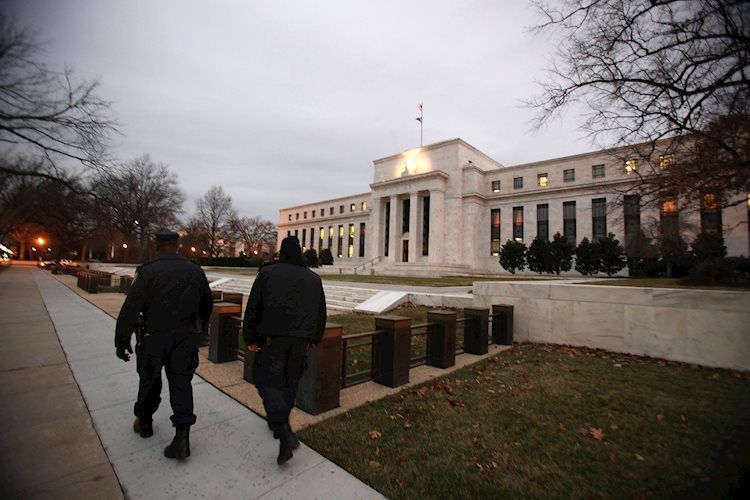In a recent decision by the Federal Reserve (Fed) Board of Governors to cut interest rates by 50 basis points, Michelle Bowman stood out as the sole dissenting member. While she agreed with the need to recalibrate the Fed funds rate, Bowman preferred a smaller rate cut. She expressed concerns about the potential premature declaration of victory on inflation and the interpretation of the larger policy action. Bowman emphasized the importance of moving at a measured pace to ensure further progress in achieving the Fed’s 2% inflation goal.
Bowman’s decision to vote against the majority marked a rare occurrence, as Fed Governor Waller became the first member since 2005 to go against both the consensus and the Fed Chair. Despite acknowledging the strength of the economy and the near full employment in the labor market, Bowman highlighted the risks associated with an overly aggressive rate cut. She noted the challenges in accurately assessing labor market data, particularly in relation to immigration impacts, which have added uncertainty to her analysis.
The Fed’s decision to implement a significant rate cut raised concerns among some policymakers, including Bowman, who preferred a more cautious approach towards achieving the Fed’s dual mandate goals. By advocating for a smaller rate cut and emphasizing the importance of avoiding premature assumptions about inflation, Bowman highlighted her commitment to ensuring that policy decisions are appropriately positioned to support economic growth while maintaining price stability.
As a member of the Federal Reserve Board of Governors, Michelle Bowman’s dissenting vote serves as a reminder of the importance of thoughtful and measured policy actions in a constantly evolving economic environment. While she respects the decisions made by her colleagues, Bowman remains committed to working with them to achieve the Fed’s dual mandate goals of maximum employment and stable prices. By emphasizing the need for a more nuanced approach to monetary policy, Bowman has positioned herself as a key voice in shaping the Fed’s future decisions.
In conclusion, Michelle Bowman’s decision to vote against the Fed’s 50 basis point rate cut highlights the complexities involved in crafting effective monetary policy. By expressing her concerns about the potential risks associated with a larger policy action and advocating for a more measured approach, Bowman has underscored the importance of balancing economic factors with the need for caution. As the Fed continues to navigate challenges in achieving its inflation goal and supporting the labor market, Bowman’s perspective offers valuable insights into the nuances of monetary policy decision-making. Moving forward, her commitment to working collaboratively with her colleagues will be essential in shaping the Fed’s strategies for achieving its dual mandate goals.











